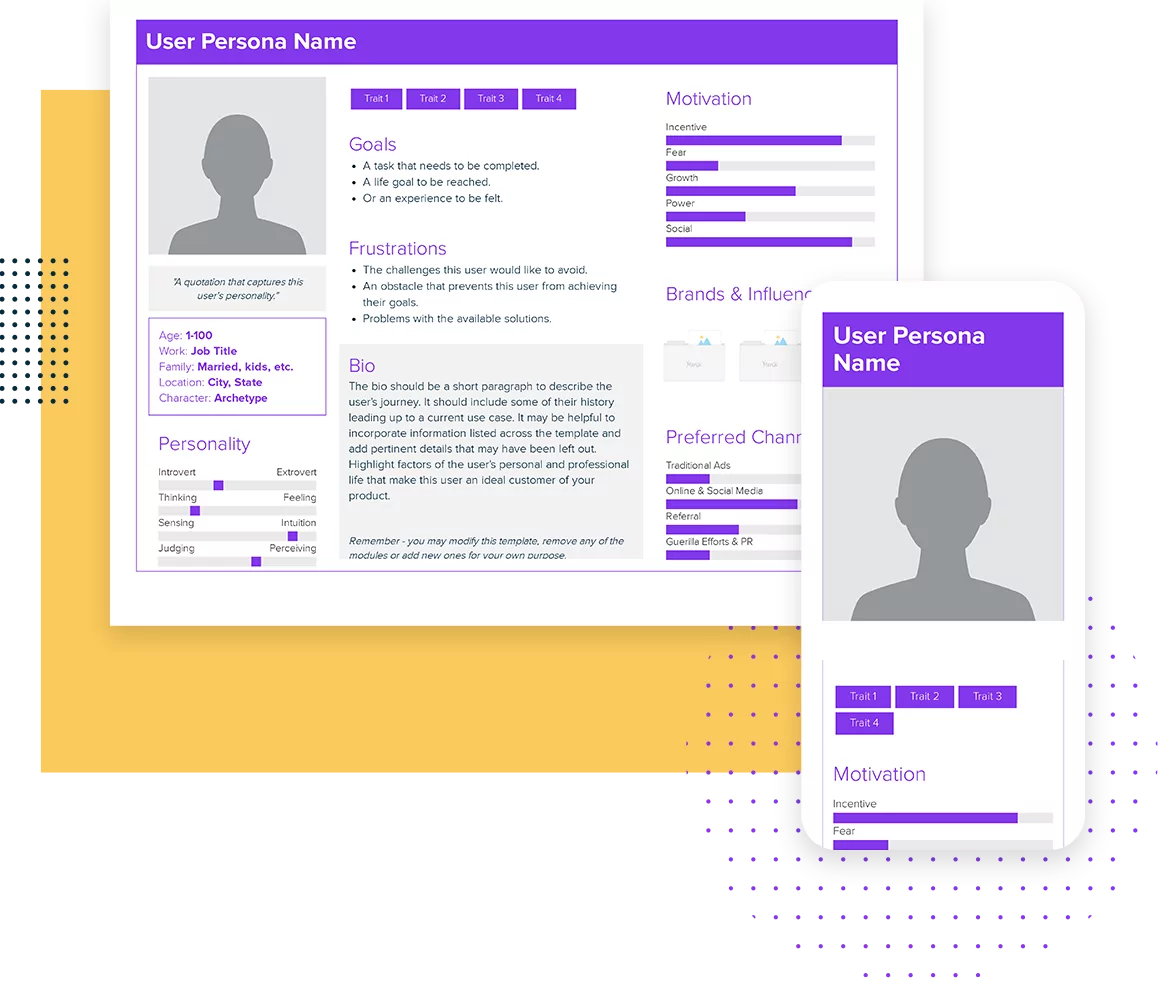Wanna stop being just another ecommerce store and start standing out like a brand that screams “I’m not like the others”? Then learning how to build a unique visual identity for ecommerce is the step you absolutely can’t skip. But I won’t bore you with the basics—you’ll walk away with real tools to start designing and organizing your brand, without wasting time.
Why you need a visual identity that actually stands out
Without a solid visual identity, your ecommerce fades into the background—no personality, no signature, and worst of all: no real connection with your audience. It’s more than just a logo or pretty colors. It’s a full language that speaks for you and your brand. People don’t just buy products—they buy emotions, community, and trust.
If you’re wondering how to build a unique visual identity for ecommerce, keep in mind that it’s the engine that powers everything else—marketing, sales, loyalty.
Step 1: Define your brand DNA
You can’t build anything if you don’t know who it’s for or why it exists. This step takes real thought, but once you’ve nailed it, everything else starts to click.
Questions to define your DNA:
- Who is your ideal customer? (age, interests, habits, pain points)
- What problem does your product solve?
- What tone do you want? (formal, friendly, bold, scientific, playful…)
- What are your brand’s values and personality traits?
Pro tool: Use Xtensio Brand Persona to create clear, professional customer profiles.
Step 2: Build your visual identity guide
This is where you collect everything that visually defines your brand. Your brand book is the guardian of your identity.
Must-have elements:
- Logo: main version, monochrome version, minimum size, and “don’ts”.
- Color palette: primary, secondary, and neutral tones. Use HEX and RGB codes.
- Typography: fonts for titles, body, and subtitles. They must be readable and consistent.
- Imagery: photography, illustrations, or graphics style (realistic, minimalist, vintage).
- Graphic elements: patterns, icons, shapes, shadows.
- Voice tone: how your brand speaks. Include sample phrases for campaigns.
Example: Check out Airbnb’s brand identity manual to understand how deep and structured this can go.
Step 3: Tools to create and apply your visual identity
You don’t need to be a professional designer to get this right. These tools will help you build your brand from scratch or improve what you’ve already got.
| Tool | Primary Use | Link |
|---|---|---|
| Canva | Quick creation of assets (posts, banners, etc.) | https://www.canva.com |
| Coolors | Generate harmonious color palettes | https://coolors.co |
| Google Fonts | Free, varied, professional typefaces | https://fonts.google.com |
| Figma | UI/UX design and collaborative prototyping | https://www.figma.com |
| Unsplash | Free high-quality photo library | https://unsplash.com |
| Adobe Color | Explore color theories and combinations | https://color.adobe.com |
| Xtensio | Create visual brand documents and presentations | https://xtensio.com |
Step 4: Checklist to implement your visual identity
This checklist helps make sure your visual identity is consistent across every single touchpoint:
- Logo with variants and usage rules defined
- Color palette with exact codes
- Selected primary and secondary fonts
- Style guide or manual created and shared with your team
- Photos and graphics follow the same visual style
- Website with consistent and responsive design
- Social media with a visually cohesive feed
- Packaging and tags aligned with your brand look
- Emails with branded visual templates
- Offline and online advertising with a consistent aesthetic
Step 5: Evaluate and adjust to stay relevant
Your visual identity should grow with your brand and your market.
Here’s how:
- Use tools like Google Analytics and Hotjar to see how users respond to your visuals.
- Run short surveys with customers to check if your brand image connects with them.
- Tweak colors, messages, or formats if something’s off—but don’t lose your essence.
- Review your brand guide and visuals every 6 months to refresh or improve.
Knowing how to build a unique visual identity for ecommerce is not a luxury—it’s the foundation that holds up your entire business and marketing strategy.
With a clear guide, consistent visuals, and the willingness to adapt, your brand will make the kind of connection that keeps people coming back and spreading the word.
Don’t wait to build an identity that truly sets you apart and helps you grow. If you want support to make this process fast, strategic, and on point, book a call with our team. We’re ready to help you create the brand your ecommerce deserves.







